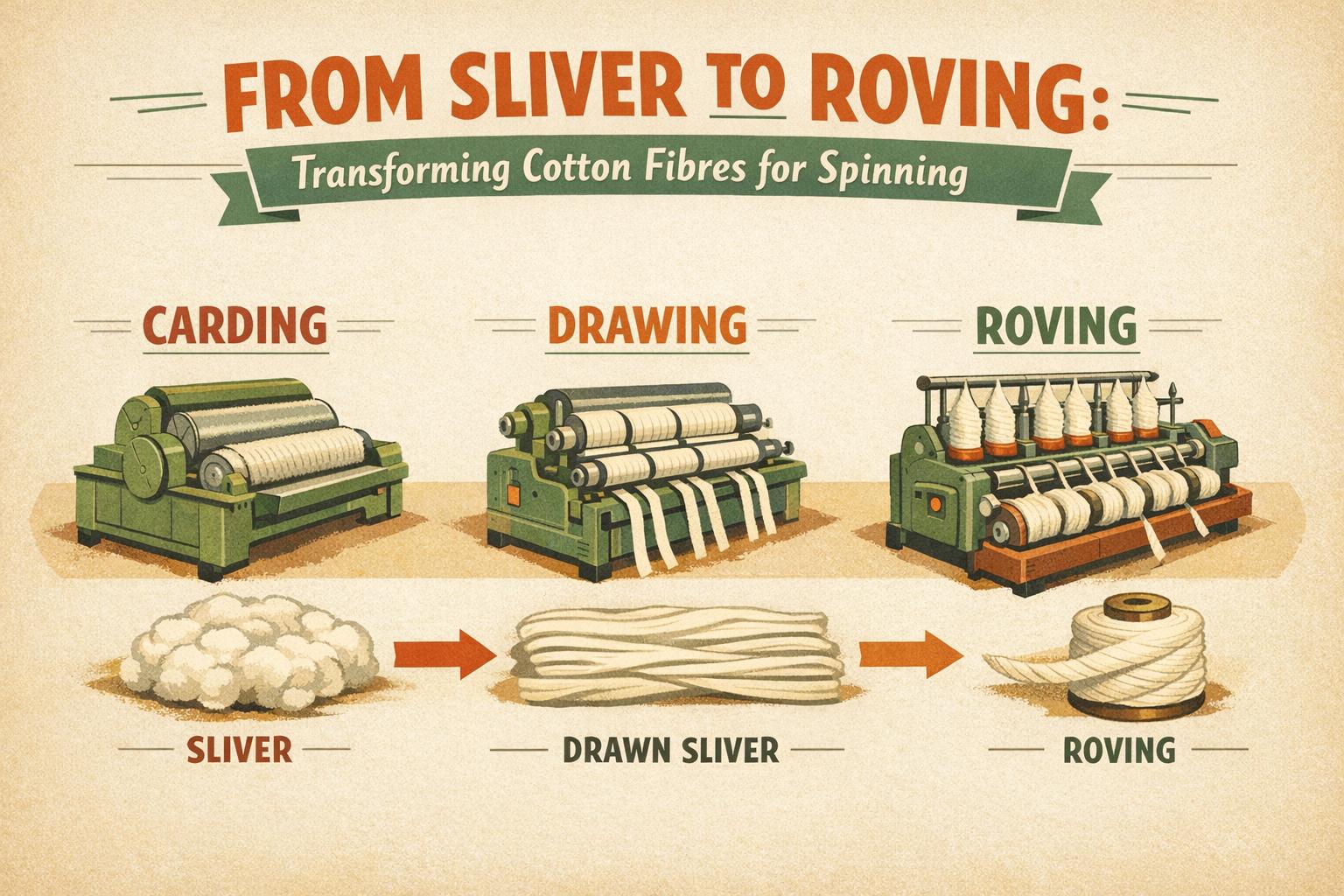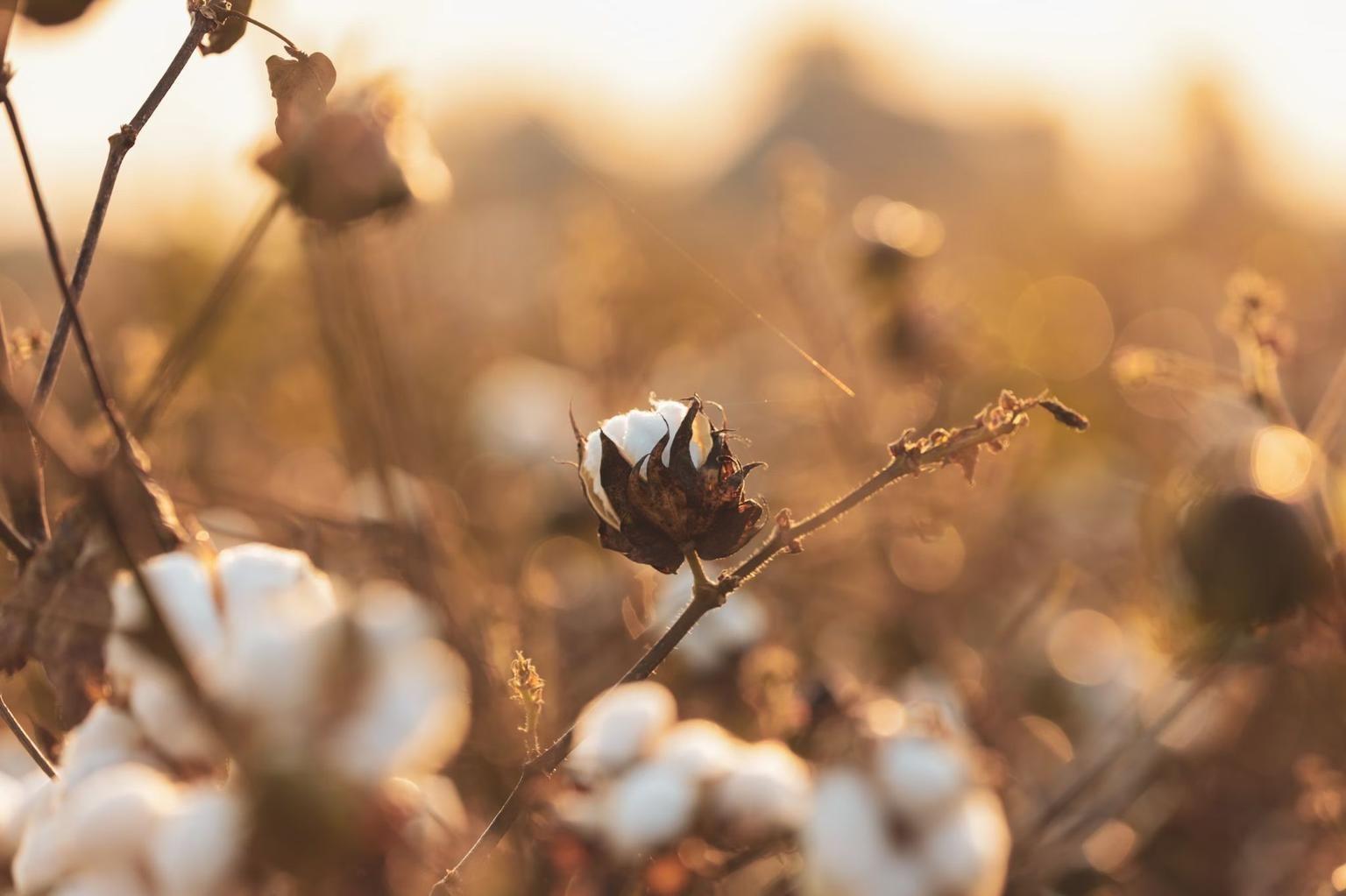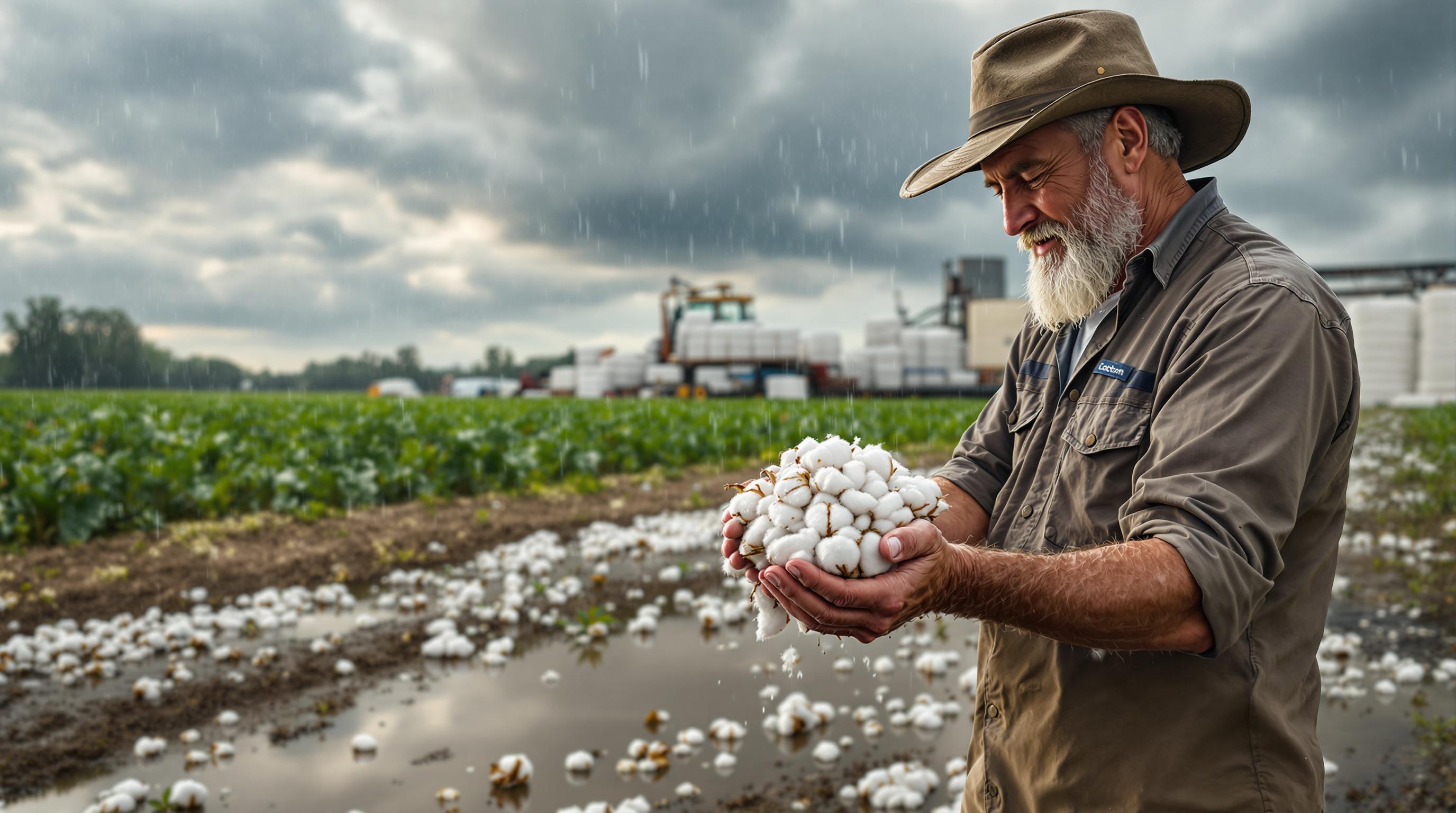Exploring the Role of Biotechnology in Modern Cotton Production
You've dedicated years to mastering the nuances of cotton farming, from soil tilth to boll set, but as margins tighten and environmental pressures mount, biotechnology emerges as a powerful ally for boosting yields without exponential input increases. Biotechnology in cotton farming encompasses genetic modifications, marker-assisted breeding, and microbial enhancements that target specific challenges like pest resistance or drought tolerance, allowing you to farm smarter in variable conditions. These tools aren't about replacing traditional practices—they complement them, offering precision that can elevate your operation's productivity and sustainability.
University extension research across major cotton belts demonstrates that biotech varieties can increase yields by 10-20% in stress-prone environments, primarily through improved resource use efficiency and reduced losses. For instance, traits engineered for herbicide tolerance enable cleaner fields with fewer passes, cutting labor and fuel costs while minimizing soil disturbance. Assuming you're familiar with basics like transgenic events and regulatory approvals, we'll delve into advanced applications that address real-world hurdles, backed by agronomic data and field trials to help you integrate these innovations effectively.
Genetic Engineering: Tailoring Traits for Resilience
At the core of biotechnology in cotton farming lies genetic engineering, where specific genes are introduced to confer advantages against biotic and abiotic stresses, directly impacting stand establishment and boll retention.
- Bt Cotton Evolution: Beyond basic toxin expression, advanced Bt lines incorporate stacked traits for multiple lepidopteran pests, reducing insecticide applications by 50-70% in high-pressure zones. Field studies show these varieties maintain fiber quality under infestation, with micronaire stability improved through better boll fill.
- Herbicide-Resistant Systems: Glyphosate and dicamba-tolerant cottons allow post-emergence control of broadleaf weeds like Palmer amaranth, but next-gen traits include glufosinate stacking for resistance management. In trials, these systems cut weed-related yield losses by 15%, particularly in no-till setups where residue harbors seeds.
- Gene Editing with CRISPR: Emerging tools like CRISPR-Cas9 enable precise edits for traits like fiber length or gin turnout without foreign DNA insertion, complying with non-GMO labels in some markets. Early data indicates 5-10% yield uplifts in edited lines tested for heat tolerance.
Regulatory hurdles remain, but biotech approvals have streamlined; select varieties with multi-year trial data from your region to ensure adaptation. Challenges like trait outcrossing are mitigated through isolation zones, preserving purity for premium contracts.
Marker-Assisted Breeding: Accelerating Variety Development
Traditional breeding takes years, but biotechnology in cotton farming accelerates it through marker-assisted selection (MAS), using DNA markers to identify desirable traits early, shortening cycles from 10-12 years to 5-7.
- Drought Tolerance Markers: Identify lines with genes for deeper root architecture or stomatal efficiency; MAS-bred varieties in arid belts show 20% better water use, sustaining yields under deficit irrigation.
- Fiber Quality Enhancement: Markers for staple length and strength allow stacking with yield traits; research indicates MAS hybrids improve uniformity by 8-12%, fetching higher grades in textile markets.
- Disease Resistance Profiling: Screen for Fusarium or Verticillium tolerance markers pre-field; this cuts screening costs by 30% and boosts survival rates in infested soils.
Partner with seed companies offering MAS-derived options; field-test small plots to validate under your conditions. Challenges in polygenic traits require multi-marker approaches, but advancements in genomics make this feasible.
Microbial Biotechnology: Harnessing Beneficial Organisms
Beyond plant genetics, biotechnology in cotton farming leverages microbes like rhizobacteria or fungi to enhance nutrient uptake and stress resistance, offering eco-friendly yield boosts.
- Nitrogen-Fixing Inoculants: Engineered bacteria fix atmospheric N, reducing fertilizer needs by 20-30 kg/acre; trials in low-N soils show equivalent yields to conventional inputs with lower costs.
- Mycorrhizal Symbionts: Fungi extend root reach for P and water; biotech strains tolerant to salinity improve uptake in sodic fields, lifting micronaire by supporting even maturity.
- Bio-Pesticides: Bacillus-based formulations target root-knot nematodes; integrated with Bt cottons, they cut populations by 40%, preserving soil health over fumigants.
Apply as seed coatings or soil drenches; monitor with rhizosphere sampling for establishment. Challenges like variable efficacy require site-specific strains, but consortia blends enhance reliability.
Biotechnology for Climate Adaptation
Rising temperatures and erratic rains demand resilient systems—biotechnology in cotton farming provides tools for adaptation, focusing on abiotic stress tolerance.
- Heat-Shock Proteins: Engineered expression maintains pollen viability above 95°F, preventing square shed; data from heat-stressed trials show 15% yield preservation.
- Osmoprotectant Genes: Traits for betaine accumulation buffer drought; in deficit-irrigated plots, these lines sustain boll set, improving water productivity by 25%.
- CO2 Response Enhancement: Modified Rubisco for better carbon fixation under elevated CO2; future-proofing for climate scenarios, with projected 10% yield gains.
Field-validate in stress-prone areas; combine with precision ag for synergies. Regulatory landscapes evolve, but trait stacks address multiple stresses efficiently.
Regulatory and Economic Considerations
Adopting biotechnology in cotton farming involves navigating approvals and costs, but benefits often outweigh investments for scale operations.
- Compliance Pathways: USDA deregulates most traits post-trials; monitor for stewardship like refuge requirements, to delay resistance.
- Cost-Benefit Analysis: Premium seeds add $20-50/acre but return $100+ through yields/savings; ROI calculators from seed firms aid decisions.
- Market Access: Biotech cottons meet export standards; identity-preserved programs for non-GMO niches allow flexibility.
Economic models show 15-25% net gains in high-challenge environments. Challenges like public perception are addressed through transparent labeling.
Integrating Biotechnology with Precision Agriculture
To maximize impact, pair biotechnology in cotton farming with tech for targeted deployment, enhancing efficiencies.
- Variable-Rate Seeding: Plant biotech varieties at densities matching soil maps; drones identify zones for trait-specific placement.
- Sensor-Driven Monitoring: NDVI scans detect stress in engineered lines; AI predicts optimal interventions, cutting losses by 10%.
- Data Platforms: Integrate genomic data with yield monitors for breeding feedback; cloud analytics refine selections yearly.
Start with pilot acres; scale with proven ROI. Challenges in data integration are eased by interoperable systems.
Ethical and Sustainability Aspects
Biotechnology in cotton farming raises questions—addressed through balanced adoption for long-term viability.
- Biodiversity Preservation: Use refuges to maintain susceptible pests; monitor ecosystems for impacts.
- Farmer Autonomy: Open-source traits reduce dependency; co-ops share biotech access for smallholders.
- Environmental Footprint: Reduced sprays cut runoff; water-efficient traits conserve resources, aligning with stewardship.
Sustainability audits validate claims; certifications boost market appeal.
Overcoming Adoption Barriers
Resistance to biotech stems from costs or misinformation—navigate with education and trials.
- Initial Investment: Subsidies or loans offset seed premiums; group buys lower barriers for co-ops.
- Training Needs: Extension workshops demystify integration; online resources aid self-learning.
- Resistance Management: Rotate traits; scouts monitor efficacy to prolong utility.
Incremental adoption builds confidence; peer networks share successes.
Case Studies: Biotech Success in Cotton Belts
In Texas drylands, Bt-stacked varieties with drought genes lifted yields 18% amid water limits, per trials. Southeast operations using MAS for disease tolerance cut fungicides 25%, improving margins.
These illustrate scalable benefits; adapt to your context for similar gains.
Future Horizons in Cotton Biotechnology
Advancements like RNA interference for virus resistance or synthetic biology for custom traits promise 20-30% yield jumps.
Gene drives for pest control or climate-adaptive edits loom; regulatory evolution will unlock potential.
Stay engaged with research consortia for early access.
Actionable Steps for Biotech Integration
To harness biotechnology in cotton farming:
- Assess Needs: Identify stresses like pests/drought via field audits.
- Select Traits: Trial varieties with stacked benefits; prioritize regional data.
- Implement Precisely: Use VRT/sensors for deployment; monitor with scouts.
- Evaluate Economics: Track ROI; adjust based on harvests.
- Scale Sustainably: Rotate/integrate for longevity; certify for premiums.
Biotechnology in cotton farming transforms challenges into opportunities, fostering resilient yields.
Embracing biotechnology in cotton farming equips you for future demands, blending innovation with proven agronomics for sustained success.


